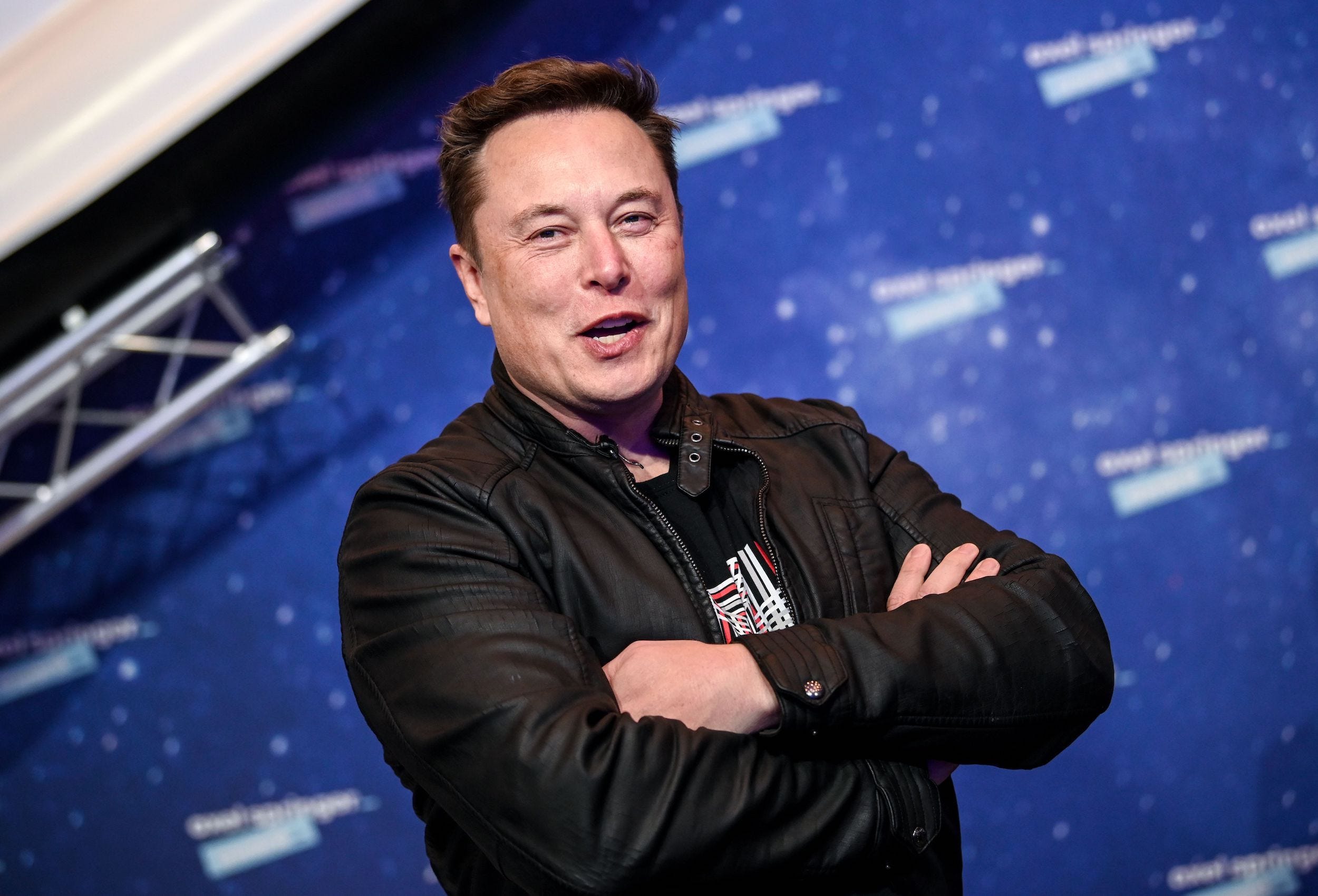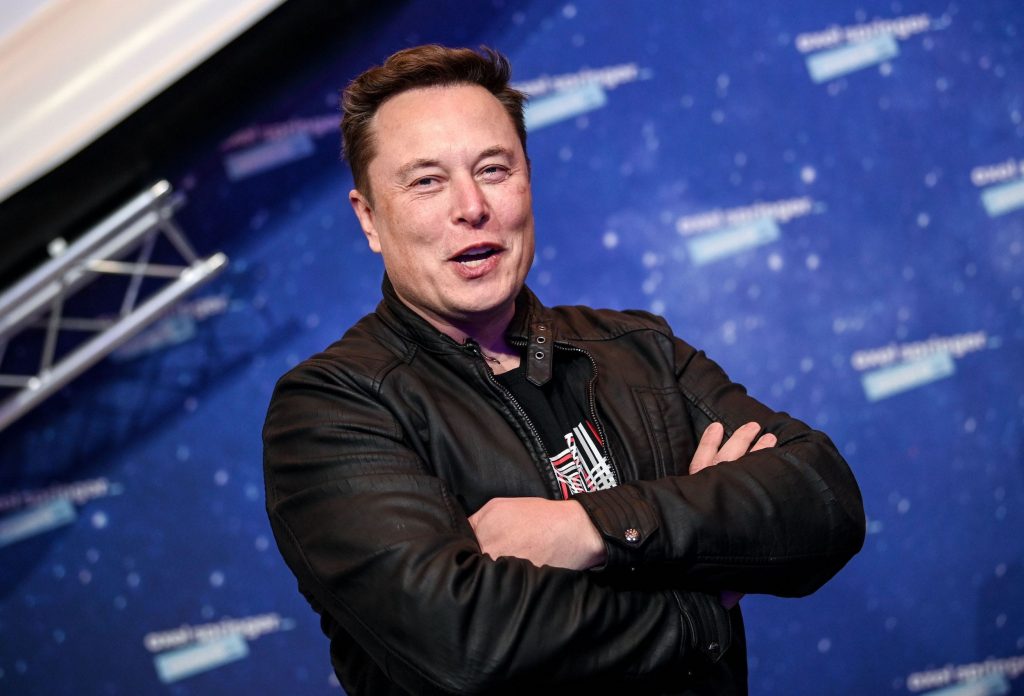
- Elon Musk met a Brazilian minister to discuss a partnership between the government and SpaceX.
- SpaceX's Starlink could provide internet to people, schools, and health centers in rural areas.
- Starlink could also monitor illegal deforestation, which Brazil wants to stop by 2028.
Elon Musk met Brazil's communications minister in Texas Monday to discuss bringing SpaceX's Starlink satellite internet to the Amazon rainforest, the Brazilian government said.
The government said in a translated press release Tuesday that Starlink technology could provide internet to indigenous communities, remote schools and health centers.
Starlink could also help monitor illegal deforestation in the Amazon rainforest, according to the release. Satellites have previously been used by conservation organizations to track environmental changes, such as forest fires.
Brazil announced at the recent COP26 climate summit in Glasgow that it was bringing forward to 2028 a previous commitment to end illegal deforestation by 2030, Reuters reported.
Fábio Faria, Brazil's minister of communications, posted a video on his Twitter account on Tuesday of himself and Musk talking about a new partnership.
"We're looking forward to providing connectivity to the least-served people of Brazil," Musk said in the video. "With better connectivity we can help ensure the preservation of the Amazon."
Faria said in the press release that SpaceX and the government are working towards closing "this important partnership."
"Our objective is to bring the internet to rural areas and remote places, as well as to help control fires and illegal deforestation in the Amazon rainforest," Faria said in the press release.
Faria also met with SpaceX's COO Gwynne Shotwell in California, according to the press release.
Starlink currently serves around 140,000 users in 20 countries, and has 1,800 satellites in orbit, according to a presentation filed by the company to the Federal Communications Commission dated November 10.
The company recently set up a wholly-owned subsidiary in India with plans to roll out 200,000 user terminals in the country, signalling its expansion into Asia.


